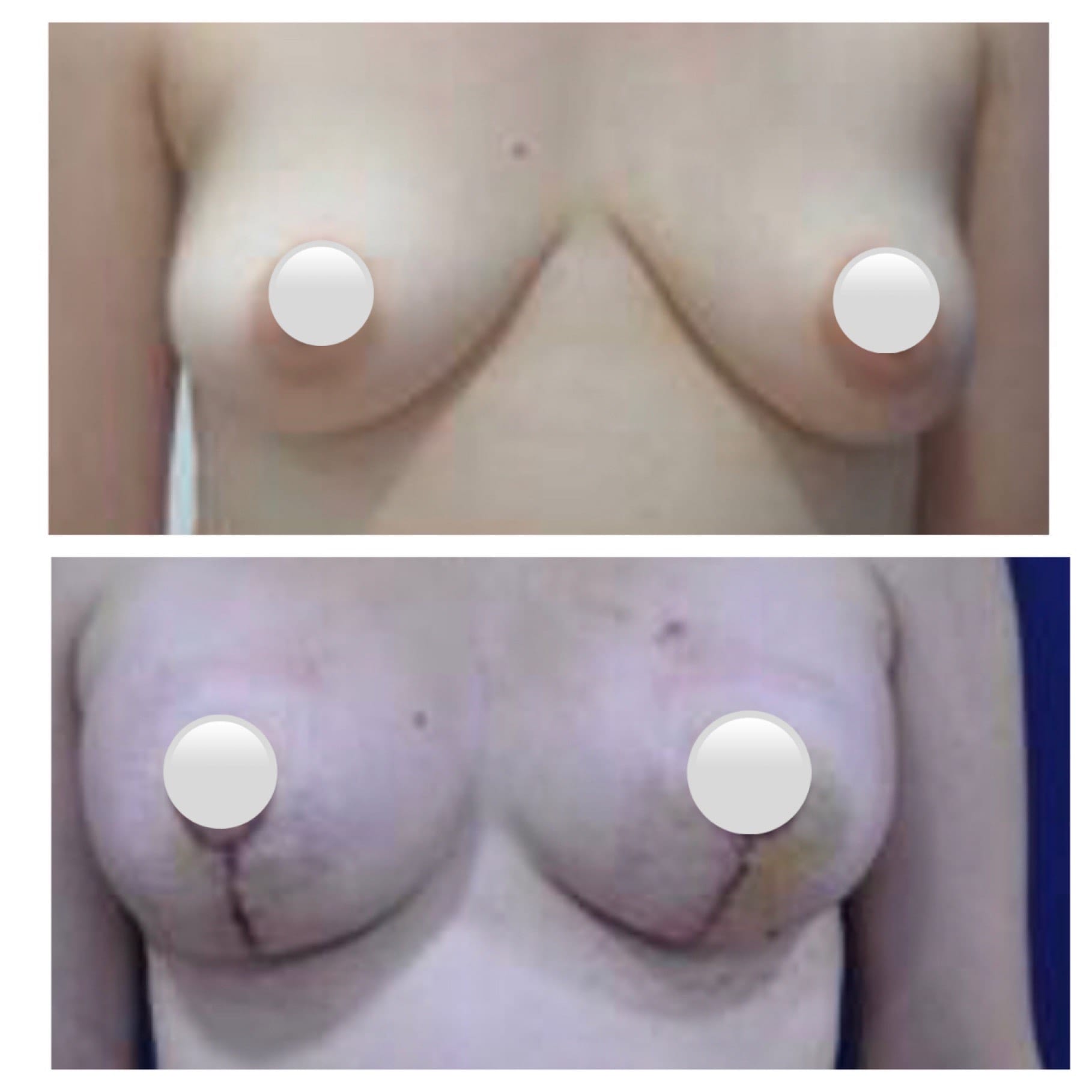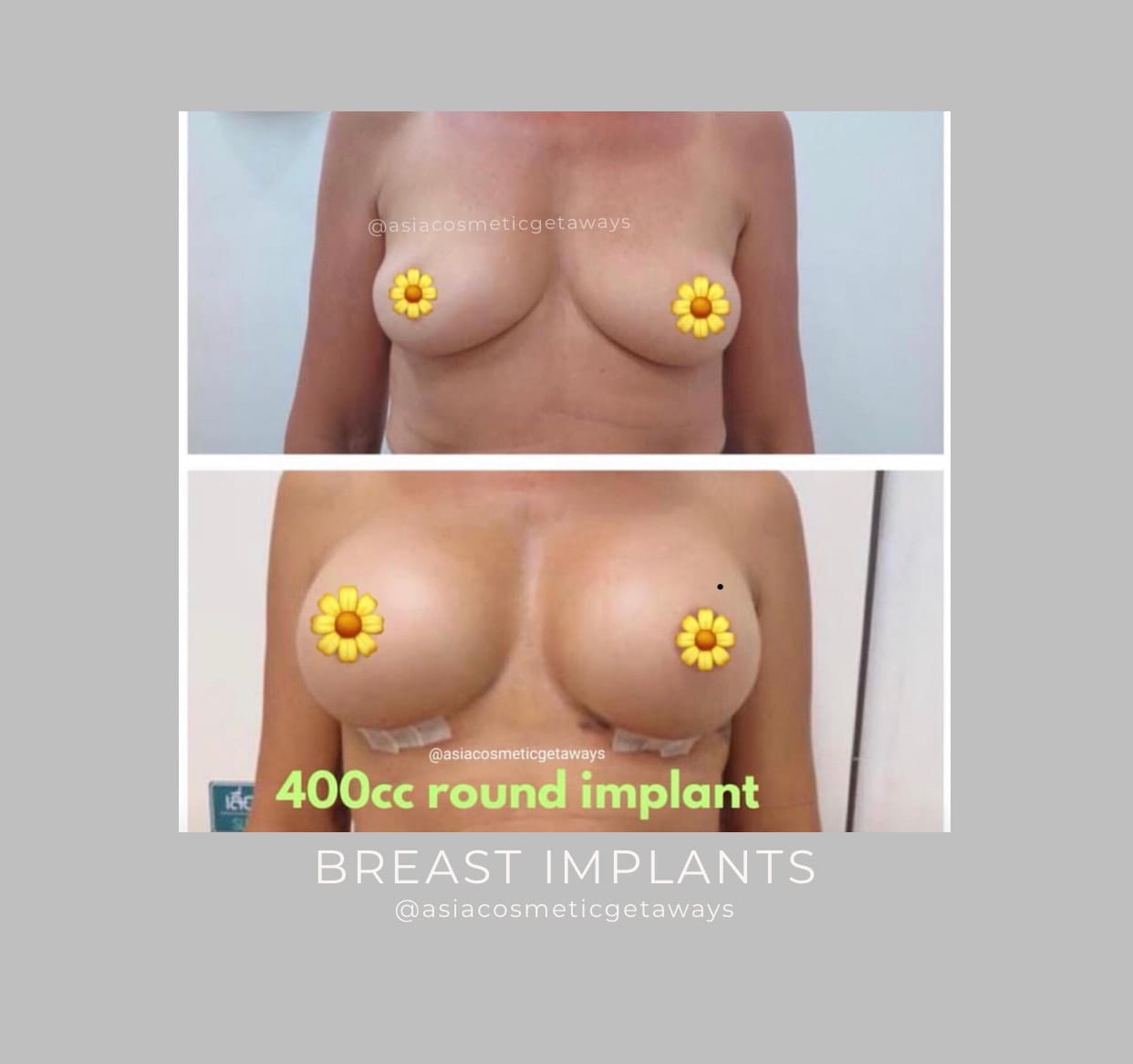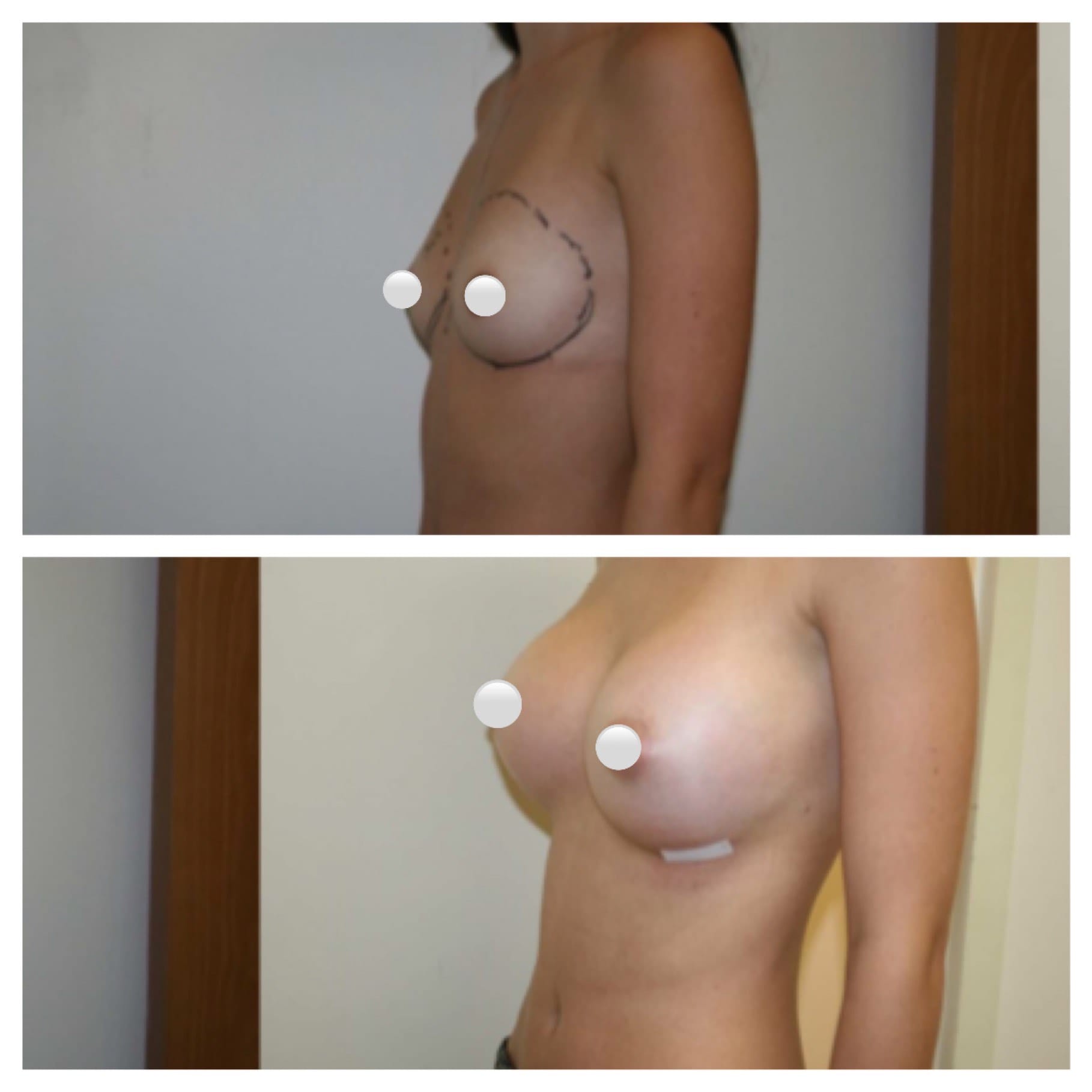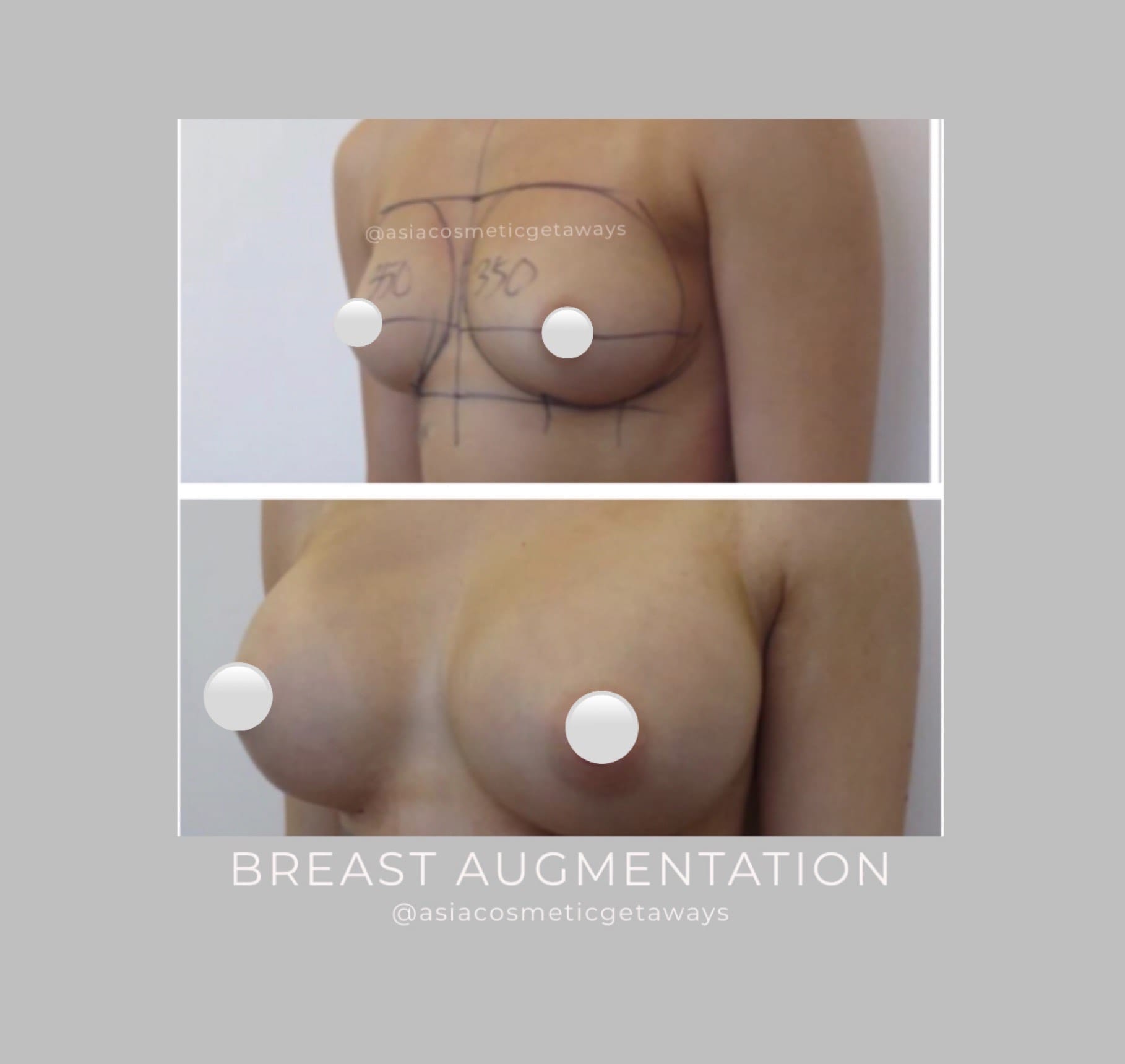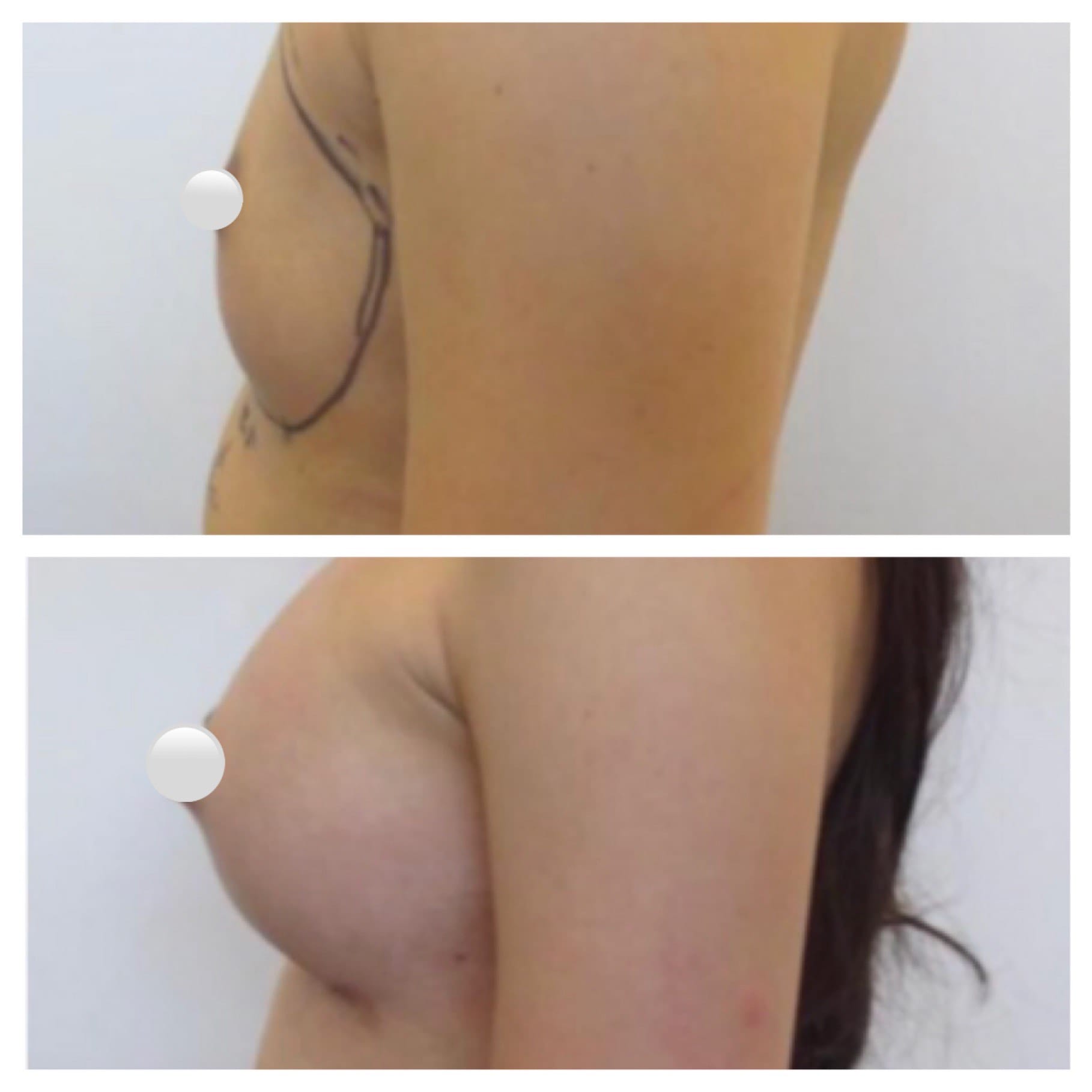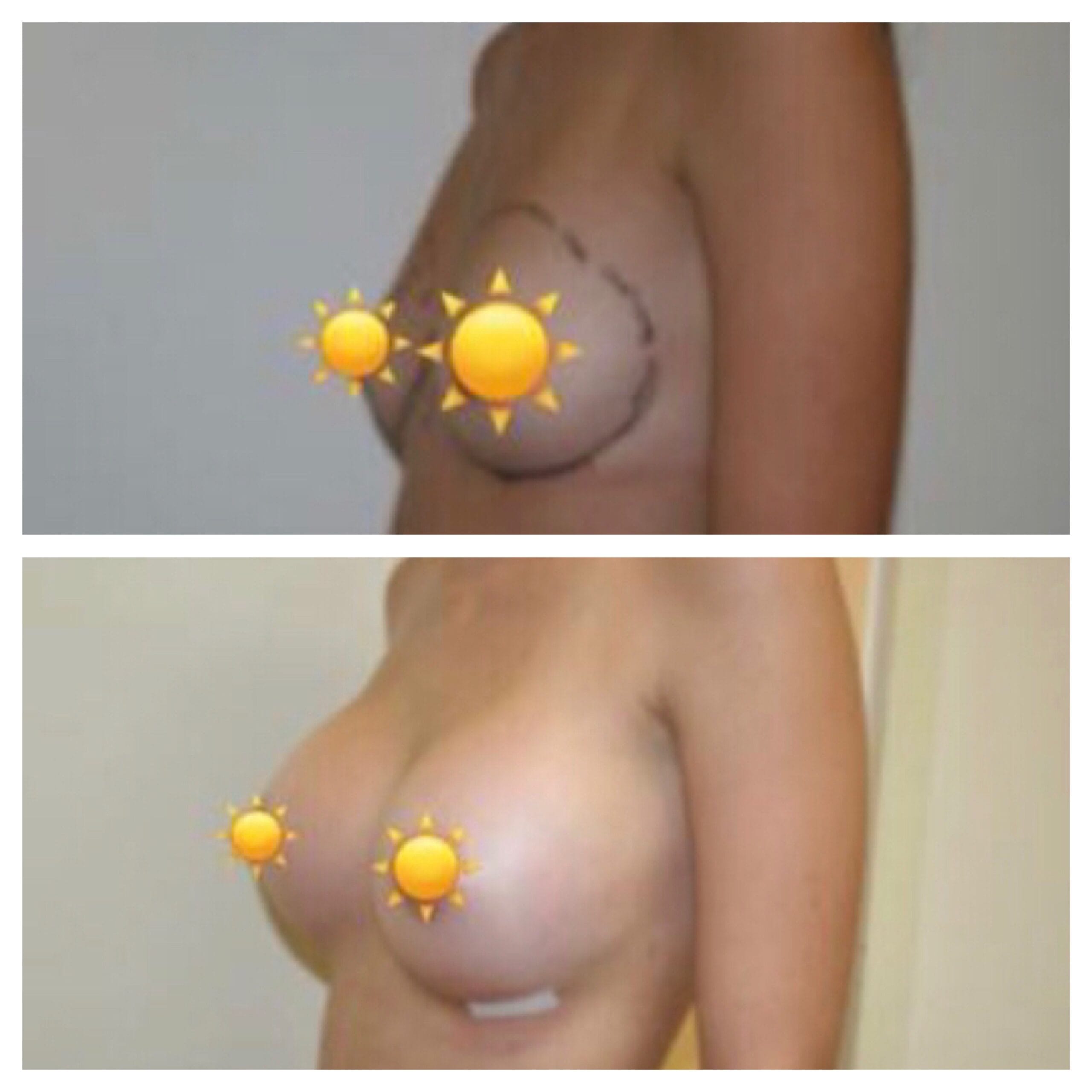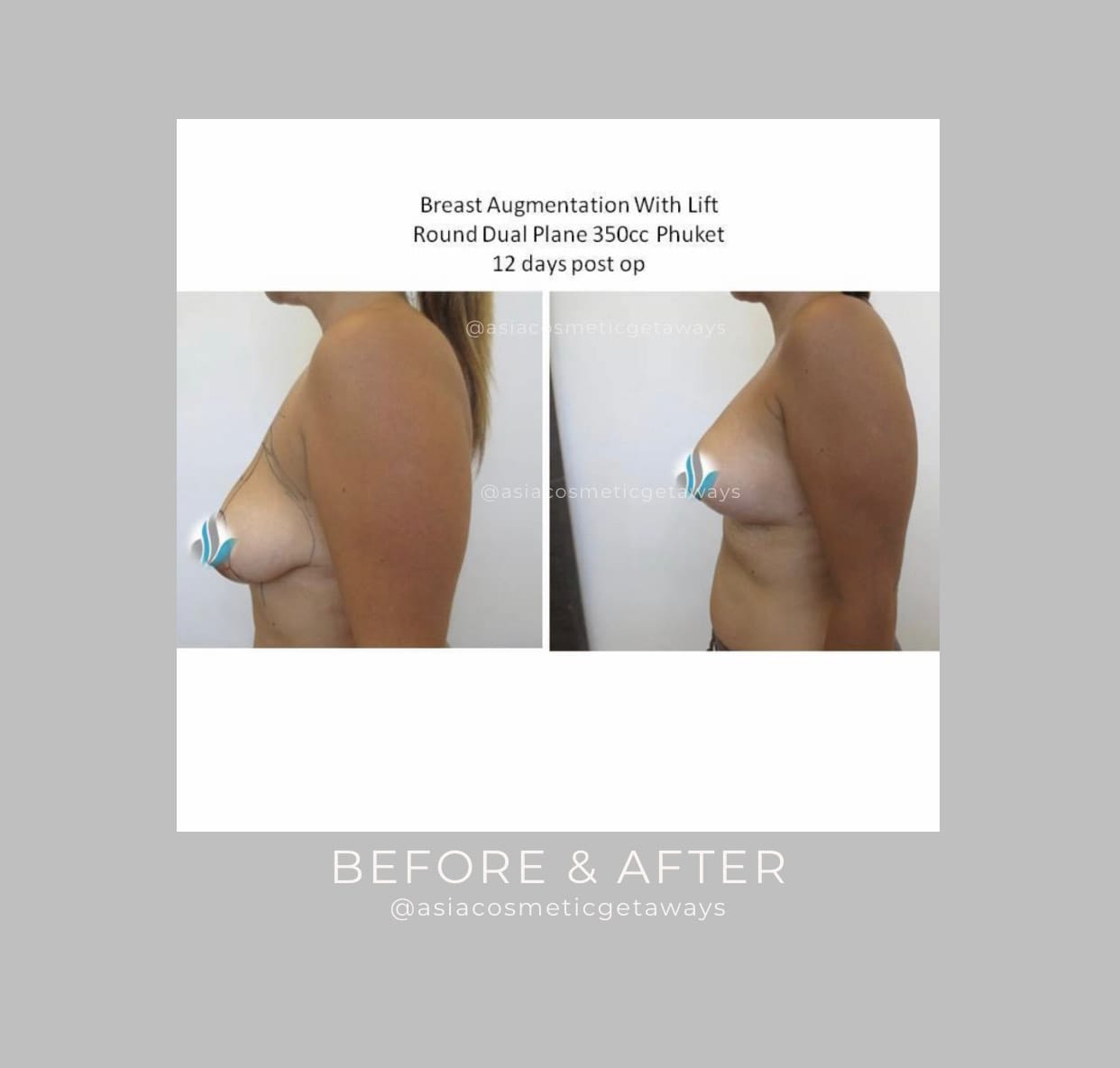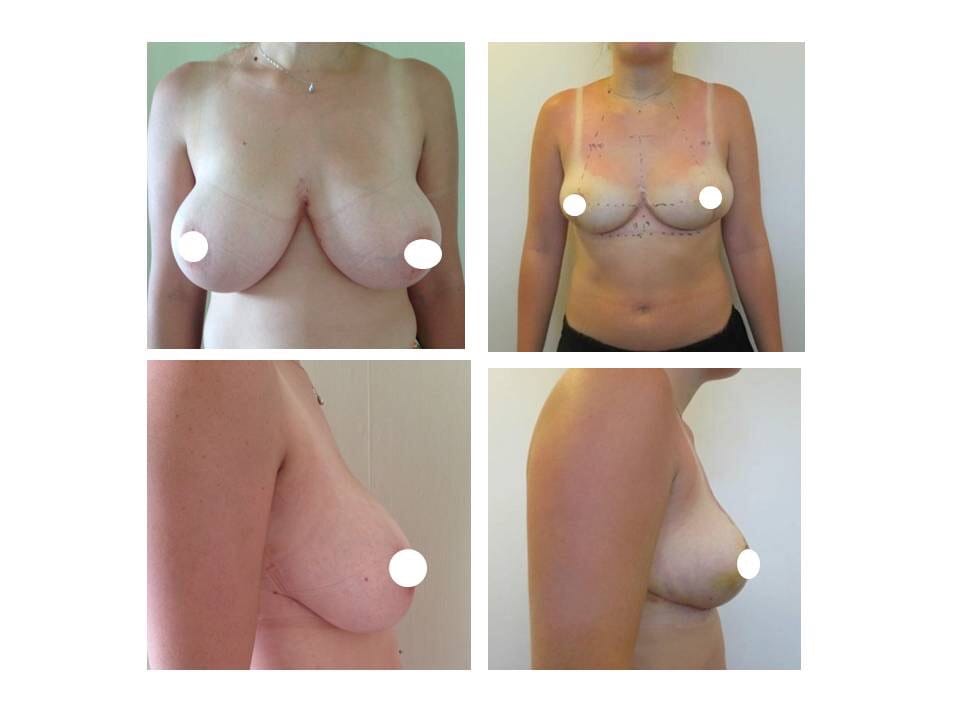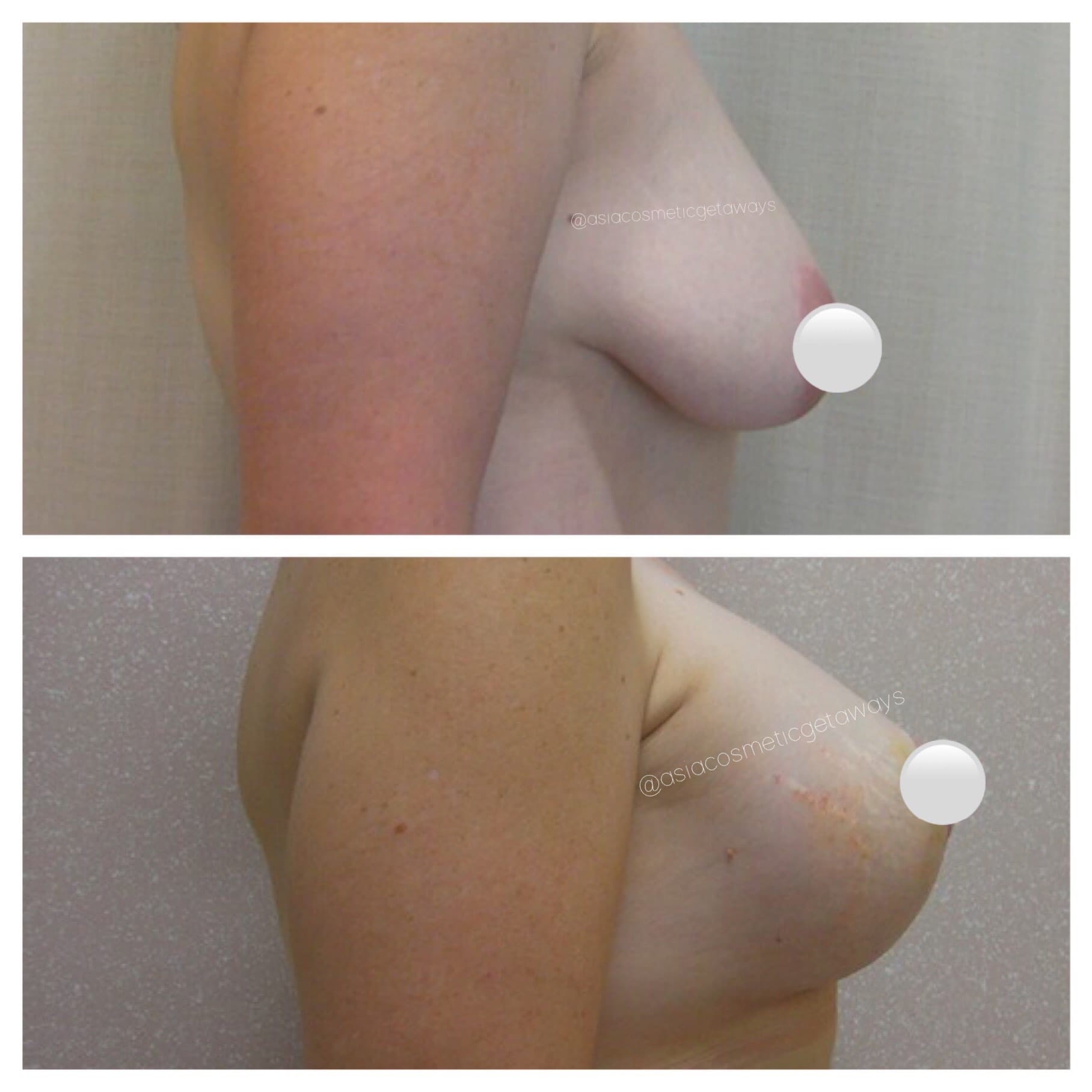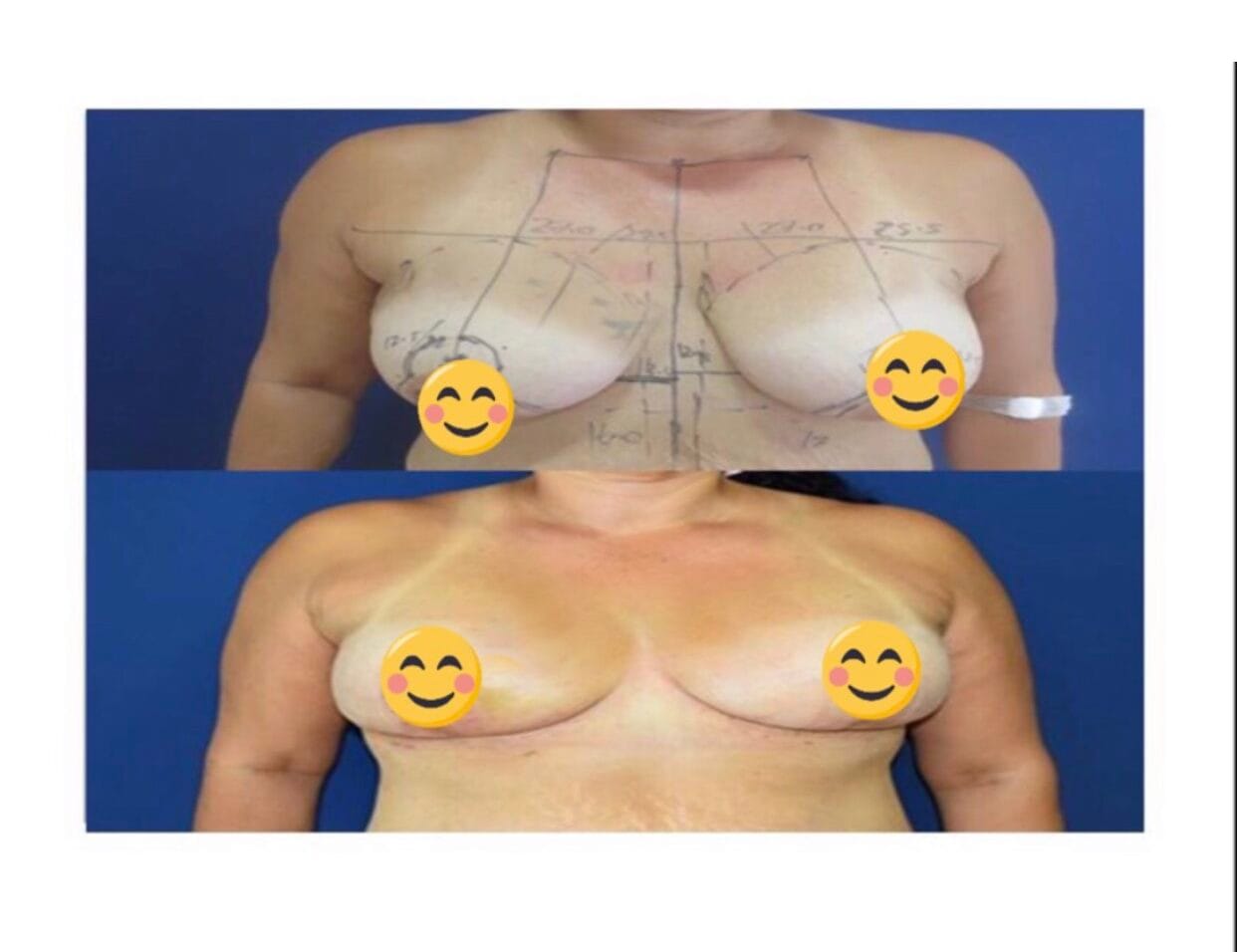Table of Contents
ToggleBreast Reduction
A Journey to Confidence
Are you struggling with the physical and emotional discomfort of large breasts? Breast reduction surgery can offer a transformative solution. This procedure can alleviate pain, improve posture, and boost your self-esteem. Experience the benefits of a more balanced and comfortable body.
FAQS
What is a breast reduction?
A breast reduction is an operation aimed at removing excessive breast tissue and fatty tissue in order to leave the remaining breast in proportion with the rest of the body. The nipple is usually elevated and the shape of the breast improved.
Women with large, heavy breasts may experience several health concerns related to their breasts such as back pain, neck pain, groves in the shoulders from bra straps, pain in the breasts and rashes under the breasts. Women with arthritis of the spine and shoulders may have more symptoms than usual because of the added weight of heavy breasts.
Breast reduction can minimize or eliminate these problems. During the procedure, excess skin and breast tissue are removed and the breasts reshaped to be smaller and more attractive.
Is a Breast Reduction for me?
Any of the following conditions may make you a candidate for breast reduction surgery:
Breasts that are too large in proportion to your body frame.
Heavy breasts with nipples and areolas that point downward.
One breast that is larger than the other
Back, neck or shoulder pain caused by the weight of your breasts
Skin irritation or infections beneath your breasts
Indentations in your shoulders from tight bras straps
Restrictions of physical activity due to the size and weight of your breasts
Dissatisfaction or self-consciousness about the largeness of your breasts
How long does the operation take?
The operation can take about 3 – 4 hours depending on the amount of tissue that is required to be removed and the method used.
Where do the incisions go?
The most common method of reducing the breasts involves three incisions. One incision is made around the areola. Another runs vertically from the bottom edge of the areola to the crease underneath the breast.
The third incision is horizontal beneath the breast and follows the natural curve of the breast crease.
After the surgeon has removed excess breast tissue, fat and skin, the nipple and areola are shifted to a higher position. The areola, which has usually been stretched in large breasts, is also reduced in size. Skin that was formerly located above the nipple is brought down and together to reshape the breast.
Usually, the nipples and areolas remain attached to underlying mounds of tissue, and this allows for the preservation of sensation and blood supply to the breast.
This method results in what is known as an “inverted T” scar.
Another popular method of breast reduction, the vertical mammoplasty, dispenses with the horizontal scar along the breast crease. The resultant scars run only around the areola to the breast crease. This method however is only suitable for moderately large breasts.
Rarely, if your breasts are extremely large, the nipples and, areolas may need to be completely detached before they are shifted to a higher level. In such case, you will need to have made the decision to sacrifice sensation and the possibility of breast-feeding in order to achieve your desired breast size.
When can I return to my normal activities?
Typically you can return to normal activities within 2 weeks, and mild exercise after several weeks
Are the changes permanent?
The reduction of breast volume is permanent. It is however important to realize that if you gain or lose a significant amount of weight or become pregnant your breast size and shape will change.
Effects of gravity and ageing will eventually alter the size and shape of your breasts. If, after a period of years, you become dissatisfied with the appearance of your breasts, you may choose to undergo a breast “lifting” procedure to restore their more youthful position and contour.
Will I be able to breastfeed after breast reduction?
Patients having a reduction mammaplasty will be able to breast feed. Parts of the breast tissue are separated from the ducts in the nipple and problems may arise, or the milk output may be limited. However, women with large breasts tend to have low milk output so they might have problems breast-feeding anyway. The surgeon may, in reducing large breasts, elect to
Graft the detached nipple higher making breastfeeding totally impossible.
Some patients may experience a permanent inability to breast feed after having the surgery. You should consider these factors seriously before deciding to undergo the procedure and talk them over with your surgeon.
Risks and complications
Risks are inherent to any surgical procedure. The most common risks are swelling, bruising, bleeding,
Infection, scarring, numbness sensation to the nipple. The most common risk particular to this surgery is damage to the nerve and blood supply of the nipple. The possibility of breast feeding may decrease after surgery. Scars will fade generally after around 12 months
Before and After Photos
Please contact us to view all before and after photos
Think Medical Travel Process
Photos are required for initial assessment you also will need to complete a short confidential questionnaire this will be forwarded to you once ready to proceed. This way our surgeons can assess your details prior to travelling to make sure you are a suitable candidate for this surgery and also provide you accurate costs and how long you will need to stay after procedure. After you have returned all relevant information and photos to Think Medical Travel our surgeons will review and provide you recommendations, accurate price and how long your are required to stay after procedure
What do I do if I want to book?
After receiving your review and your ready to lock in a date drop us a line with a date that suits and we will make sure your surgeon is available we will then make necessary bookings and arrangements for your surgery booking
Do you offer medical insurance?
For anyone wanting a little extra reassurance additional medical insurance or fly back cover can be taken out for a small cost, for your free online quote please refer here for our fly back cover
Flights and Accommodation
Accommodation & flights are not included in any price quoted, your most welcome to book at your own accord. These details will need to be booked and confirmed prior to surgery to confirm your surgery date
Required length of stay
Length of stay varies depending on procedure/s this will be provided in your surgical review, usually it would be from 10-14 days
Flights
Flights are not included in any price quoted
How do I pay for my surgery?
Payments for surgery are made directly to your hospital after you have your face to face consultation with surgeon and your comfortable to undertake procedure, should you change your mind after your consultation you will only then be charged the surgeons consult fees.
Payment Plans
If you are located in Australia we can provide you with affordable finance providers which you can obtain finance through
We look forward to assisting you with your medical journey
Disclaimer
The information provided on this website is intended for general informational purposes only and does not constitute medical advice. It is essential to consult with a qualified healthcare professional for personalized guidance and to address any specific health concerns.
While we strive to provide accurate and up-to-date information, we cannot guarantee the accuracy or completeness of the content. We are not responsible for any errors or omissions in the information presented.
The decision to undergo any medical procedure or treatment is a personal one, and you should carefully consider all potential risks, benefits, and alternatives before making a decision.
Please note that the cost of medical treatments may vary depending on individual circumstances, and there may be additional expenses such as travel, accommodation, and living expenses.
It is recommended to verify the qualifications and credentials of all healthcare providers and facilities before making any arrangements.
We encourage you to conduct thorough research and seek multiple opinions before making any decisions regarding your healthcare.
Please consult with a qualified healthcare professional for personalized advice.
